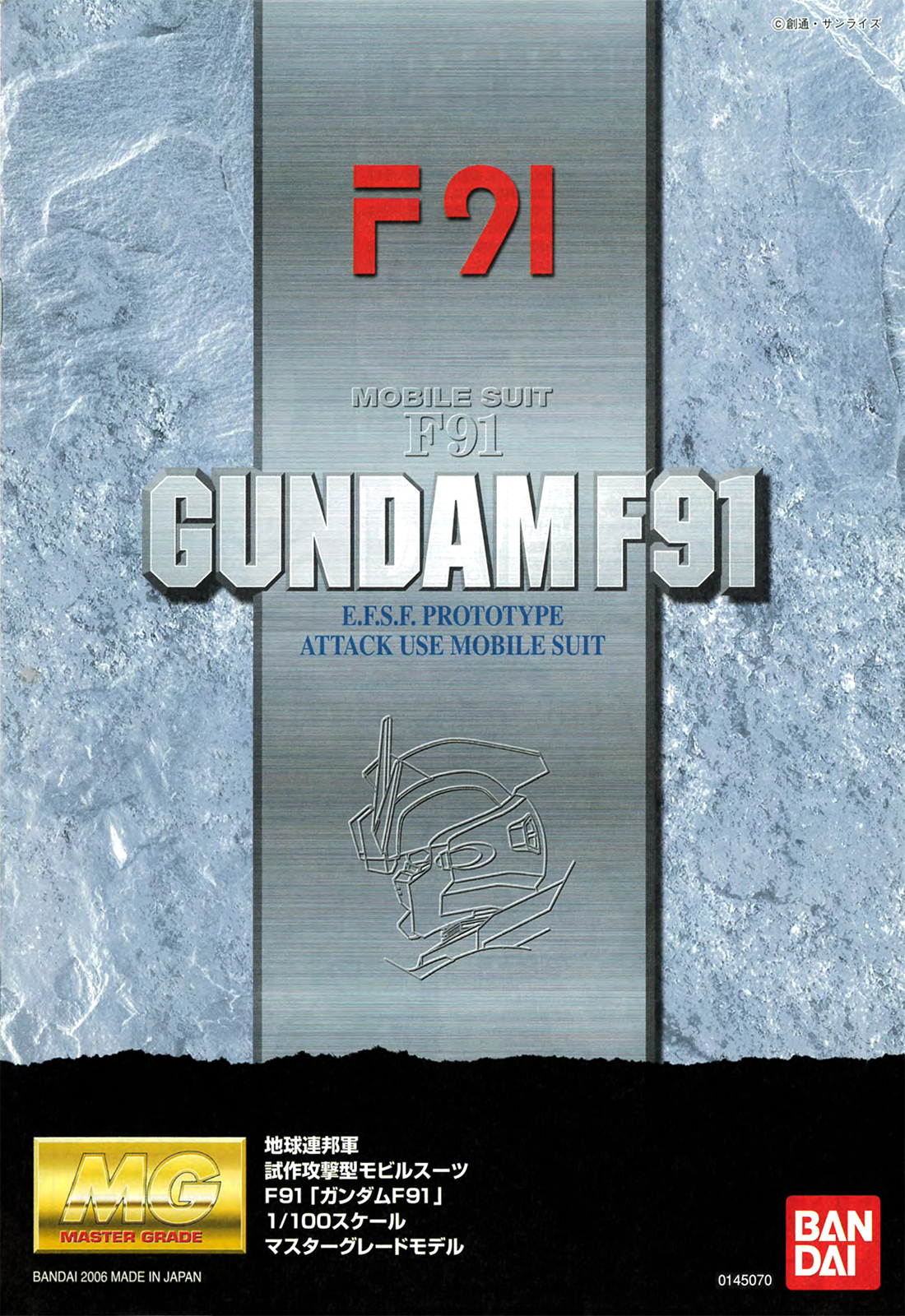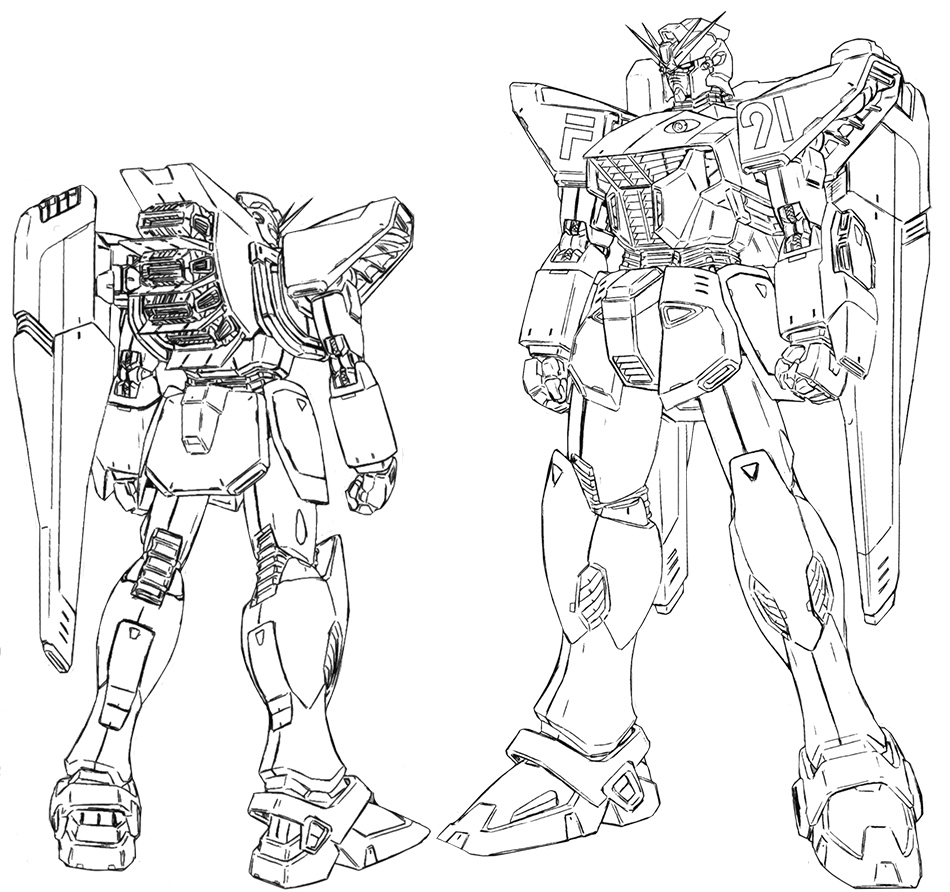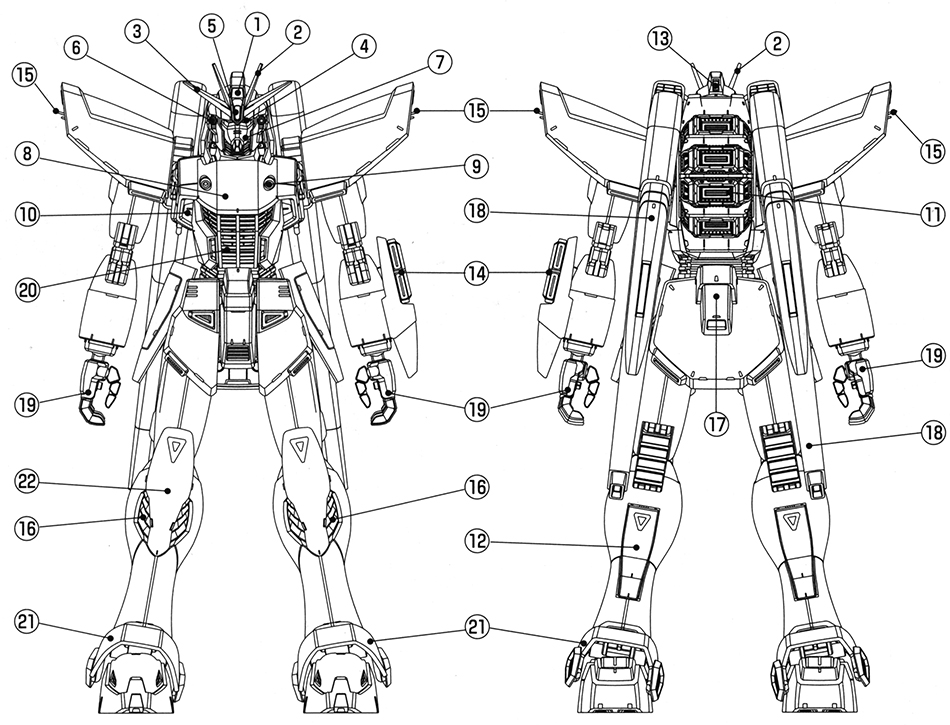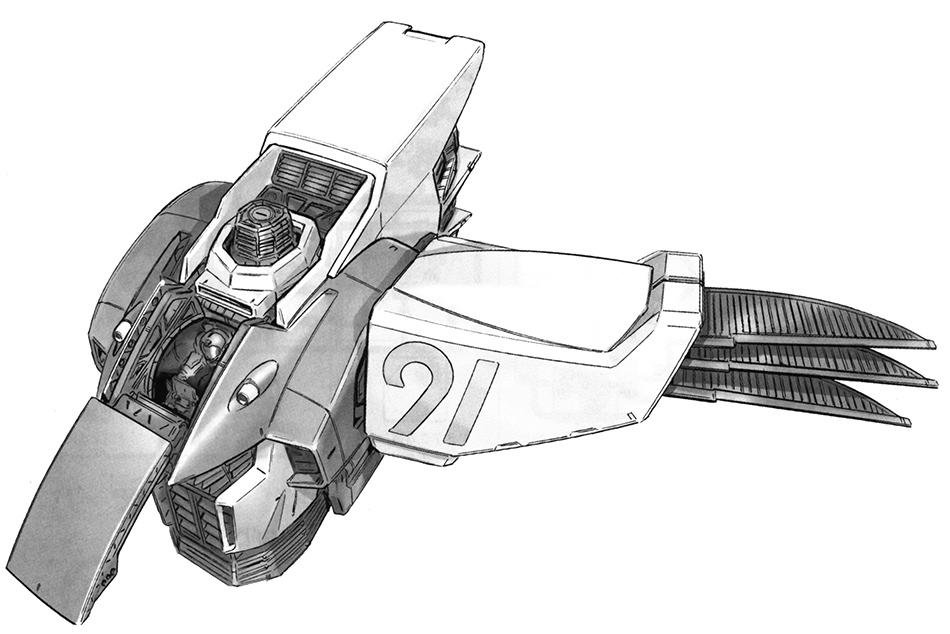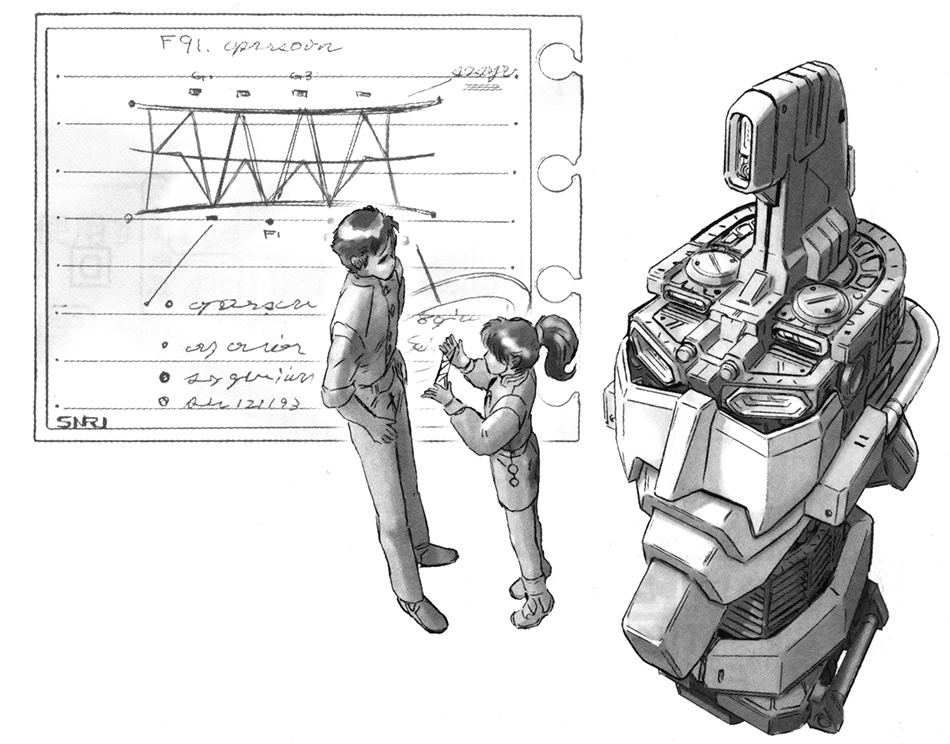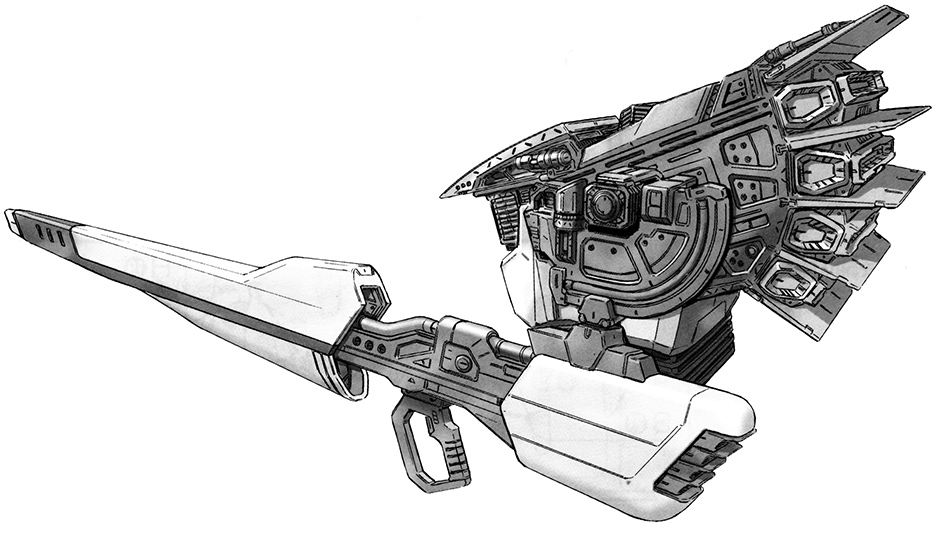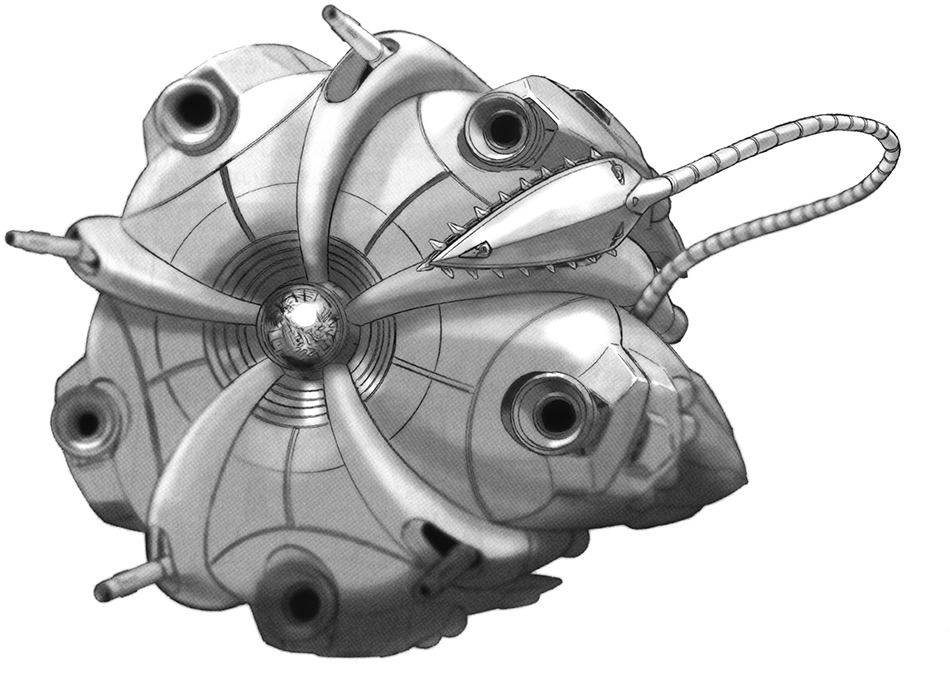Master Grade No.87

GUNPLA INFORMATION
Scale: 1/100 Master Grade No.87
Series: Mobile Suit Gundam F91
Released: 2006.07.29
Price: 3,520 yen
Part Number: 1145070
![]()
![]()
F91 GUNDAM F91
EFSF PROTOTYPE ATTACK USE MOBILE SUIT
The Gundam F91 emerged as the brainchild of the collaborative strides taken by the Earth Federation Forces and SNRI (Strategic Naval Research Institute) to redefine the standards of mobile suits through their ambitious Formula Project, which started in U.C.0111. This initiative was a testament to their relentless pursuit of next-gen mobile suit standards. Progressing through various trials and iterations, like the V-type options tested on the prototype F90, the fruition of their endeavors was the unparalleled F91. By the year U.C. 0123, it was hailed as the pinnacle of mechanized might.
In the wake of the U.C. 0100s, the Earth Federation’s military grappled with the spiraling expenses that accompanied the mobile suits escalating sizes. A radical shift was essential. The decision was made to streamline, to miniaturize. Concurrently, mainly for political motivations, the helm of mobile suit development was redirected to being military-driven, with SNRI’s involvement seen as a significant part of this strategic pivot.
As SNRI ventured into downsizing the mobile suit, they proposed a revolutionary idea – shifting the generator’s placement. It seemed simple, transitioning the power source from a vertical to a horizontal layout, yet challenges in maintaining structural integrity and managing conduit systems proved daunting. But then came the innovation of the MCA, or Multiple Construction Armor. This multifunctional armor allowed for unprecedented high-density installations, making external generator mounting feasible.
The MCA structure departed from the conventional movable frame, turning each component into a multifunctional unit that served as a structural material, electronic equipment, and armor. Incorporating electronic functionalities directly into structural components, a technique previously seen in U.C.0090s with the psycho-frame in mobile suits like the Nu Gundam and Sazabi, was now refined and enhanced, imbuing the frame itself with electronic functionalities, leading to a drastic reduction in internal volume while maintaining structural integrity. This resulted in a substantial decrease in weight and a significant increase in maneuverability, far surpassing existing mobile suits.
However, there was a catch. Such performance required the implementation of limiters when operated by regular pilots. The unit became a “super high-performance machine that would not unleash its true potential unless piloted by someone akin to the Newtypes of old.” Hence, a bio-computer constructed from a biomatrix was integrated to ascertain whether a pilot could handle the F91’s utmost capabilities. Should the machine necessitate maximum operation, its mode would alter, initiating cooling processes throughout. Beyond just mitigating damage from excessive movement, this cooling protected the bio-computer.
In the vastness of space, where the natural dissipation of heat, like within atmospheres, is absent, the machine’s head expels cooling catalysts. The faceguards on the cheeks retract, revealing air ducts. Subsequently, a phenomenon known as the ‘Metal Peel-off Effect’ (MEPE) manifests. A byproduct of the MCA design, this mechanism allows not only radiators and catalysts but the armor itself to dissipate heat. As the outermost layer peels away, drawing heat from the suit, an contour of the suit, imbued with inertia, heat, and mass, materializes as an afterimage. Comprised predominantly of metallic particles, this deceptive silhouette not only spoofs sensors like radars but can also mislead the naked eye of pilots. In its maximal operational state, it appears as if the F91 has replicated itself, a mirage born from this very effect.
![]()
1 main camera
2 multi-blade antenna
3 blade antenna for comms
4 dual sensor
5 multiple sensor array
6 vulcan gun
7 face guard
8 cockpit hatch
9 mega machine cannon
10 intake/duct
11 main thruster complex
12 retractable thruster
13 rear camera/sensor
14 beam shield
15 cooling fin
16 multiple duct
17 option mount latch
18 VSBR
19 manipulator
20 front grill/heat synch
21 ankle support unit
22 knee armor
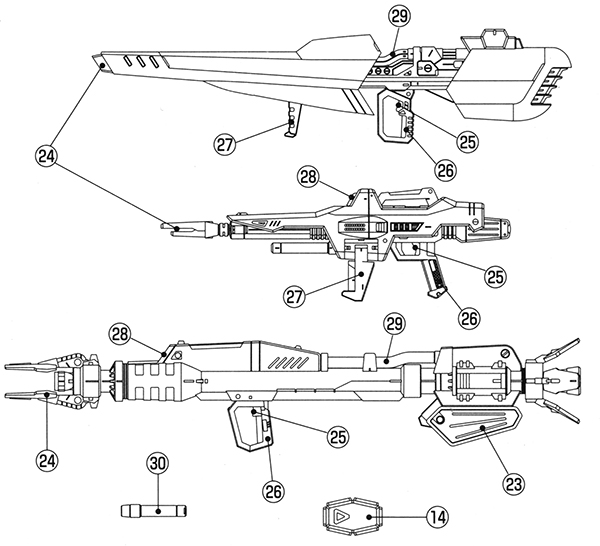
23 energy pack
24 muzzle
25 trigger
26 grip
27 foregrip
28 sensor
29 energy supply cable
30 beam saber
![]()
BODY UNIT
The cockpit of the F91 is composed of components from the late U.C. 0080s, featuring a panoramic monitor and a linear seat array. The cockpit block itself is designed to function as an escape pod. At its core, these are standard components. However, situated behind the linear seat lies a device—its purpose is to bridge the bio-computer with the pilot. This specification effectively earmarks the machine as tailored for Newtypes. The bio-computer integrated into the F91 was conceived not as a weapon-bound technology but as a prototype of psychommu devices designed to ease the strain on the operator. The psycommu presents a tantalizing challenge, representing an ideal in man-machine interfacing. Once the issues associated with the psycommu were resolved, a method was established that could organically link memory and emotion—a truly universal challenge for researchers. In this regard, the neo-psycommu, which Carozzo (aka Iron Mask) of the Crossbone Vanguard had been researching, held a similar concept.
![]()
HEAD UNIT
The head unit of the F91 is essentially composed of a sensor array, supplemented by 60mm vulcans and a co-processor for the bio-computer. Its connection terminal is equipped with one of the linkage units between the biocomputer’s parallel circuit around the cockpit and the hard computer’s panel surface. The F (Formula) Project mobile suits developed by SNRI used the F90 as a testbed for various equipment, continuously conducting a diverse range of trials. The F91, with its VSBR Type trialed by the F90V as a progenitor, incorporates features and structures akin to the original unit throughout its frame. However, its head structure is an entirely new design. This redesign was necessitated by incorporating the bio-computer, requiring the addition and discharge systems for coolants in the head unit. It’s worth noting that while the head vulcan gun has the caliber and firing rate equivalent to those of the existing 18-meter mobile suit units, it relatively occupies a more substantial volume due to the F91 being a 15-meter class unit.
![]()
ARM UNIT
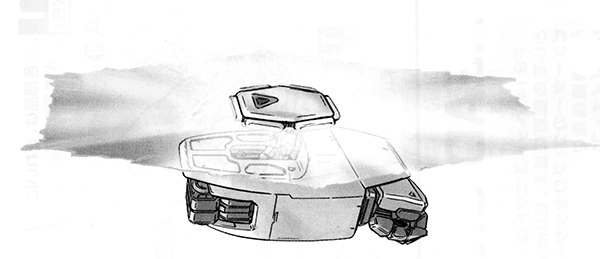
The F91 stands as one of the earliest Federation models to be equipped with a beam shield. This equipment employs Minovsky particles to project a planar ‘field’ around the shield generator. This technique creates a barrier more effectively blocking mega particles than conventional fields. As a result, it eliminated the need to carry the physical shields—which only served as dead weight when not in use—enabling a notable enhancement in mobility.
![]()
WEAPONS
The body unit of the F91 is mainly occupied by the cockpit and devices related to the bio-computer. The generator is situated on the back, surrounded by components for the main thruster complex and VSBR. The miniaturization technology seen in the transition from Heavygun to F90 and G-Cannon brought about revolutionary changes to the fundamental design concepts, including improvements to the thrust-to-weight ratio. In times of peace, “ordinary high performance” had been set as the immediate target. Yet, this machine was crafted under the engineers’ aspiration and vision to “achieve the current limit of mobile suit performance.” Thanks to the lightweight frame and enhanced generator, the F91 is engineered to operate with considerable surplus power, enabling the function of the VSBR and beam shield. VSBR, or Variable Speed Beam Rifle, can alternate between high-speed, piercing beams and slow, destructive beams. This equipment demands a direct energy supply from the generator— and in the F91, it is indeed arranged just so. Notably, even when this unit is inactive, it functions as an AMBAC unit, ensuring no compromise to the machine’s agility.
LAFFRESIA
A behemoth of a machine, stretching an impressive 37 meters, the Laffresia stands as the monumental accomplishment of the “Laffresia Project,” the life’s work of Carozzo Ronah, the Iron Mask. Its structure evokes images of a magnificent bloom, with five movable units reminiscent of petals and a central unit acting as the calyx. Each unit is decked out with numerous beam cannons and large vernier thrusters, allowing for surprising agility despite its grandeur. The movable units conceal tentacle-like appendages termed Tentacular Rods, able to ensnare targets or unleash chaos with their chainsaw tips. All these intricate controls and weaponry are solely manipulated by the Iron Mask, utilizing an interface known as the neo-psycommu. It seems he governs the machine through myriad cables extending from his head, forgoing the need for traditional manipulation and relying solely on his “thoughts.” However, it’s whispered that this system stands functional solely due to Carozzo’s personal augmentations. The ability for another to wield such control, much like the details of Iron Mask’s very mortality, remains cloaked in mystery.
![]()



